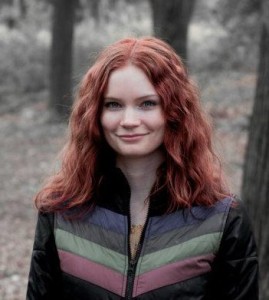Five Days at Memorial, by Sheri Fink: I’m not sure whether this crossed my radar because there’s a current TV series based on it or if I just saw it recommended somewhere – focused on the week of Hurricane Katrina in 2005, this was published in 2013. I’m curious if there’s any sort of follow-up or update nine years later. Though – unavoidably, because of the number of people involved – it was sometimes difficult to keep track of all of the threads and individuals, the chronological structure helped. It’s difficult to read – easy to both wish people had made different choices and to recognize that they were in an impossible situation, one I could try to imagine myself in but surely without any real insight into what I would have done. There are some obvious systemic failures, of course, but the individual choices – made by doctors, nurses, hospital staff, and others, under general conditions of sleep deprivation, dehydration, and extreme heat – are harder to judge. At least initially. As I read on, I started to judge more. Then wavered. Then read about all of the hospitals where this didn’t happen, and judged again, thinking surely I would have chosen differently. The book’s strength lies not in neutrality – it’s not neutral – but in complexity.
Cover Story, by Susan Rigetti: Reading this right after Five Days at Memorial could have felt like extreme whiplash. It didn’t, but this was…well. There are a couple of clever elements, but the writing was excruciating (I think that was a choice – to make the narrator’s diary unbelievably naive – but that didn’t ease the burden of reading it) and the premise was less “a wink and nod to some recent events with a fresh take” and more “a pastiche of recent events, beat by beat, and combined in silly ways.”
Tomorrow, and Tomorrow, And Tomorrow, by Gabrielle Zevin: This story of a long-term partnership between video game designers was delightful. The experience was somewhere between that of reading The Amazing Adventures of Kavalier and Clay or a long family saga. I had quibbles – one of the main characters’ families felt strangely absent; the narration at times was so expository as to sound robotic – but nothing worth dwelling on. The playfulness with form was a highlight, as were the characters themselves, in particular the way the author was able to present two versions of the same events that each sounded completely reasonable.
Plum Island, by Nelson DeMille: I’m going to need another 90s thriller to read for comparison in order to gauge just how egregiously misogynistic and insensitive this was…I suspect more than most. It was more ludicrous than offensive – lines such as (about a female detective) “she had a colt 45 in her holster and 36Ds holstered in her blouse” or something similar. I mean! Hard not to laugh. While the author is clearly trying to write a main character who’s a proud asshole, I had the impression he was pleased with himself (as the character is) and picturing a roguish Harrison Ford portraying the protagonist in a film version. So…schlocky and dated and somewhat offensive. I wanted to read a schlocky thriller about biological warfare, and I did get that. Unfortunately, I also got the narrator, ludicrous plotting, and a second half that dragged on and on. Not much to recommend.
The Only Plane in the Sky, by Garrett Graff: I read this – not entirely by design, but I had it on my Kindle and opted for it when I noticed the date – on the days around 9/11 this year. It’s not, of course, an easy read, but I do love oral histories. Fragmented (more than some oral histories) but wrenching.



